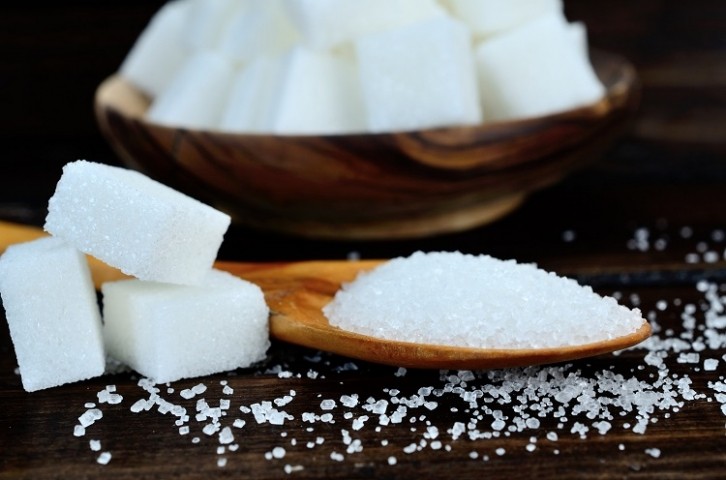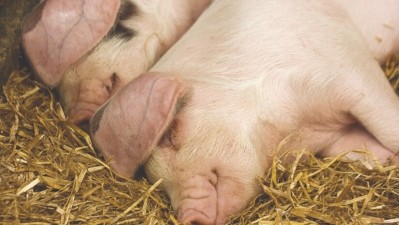Could sugarcane super crop cut cost of sugar?

The global cost of sugar has been rising steadily since 2011, raising significant concerns for manufacturers, which rely upon this sweet commodity to create their products. And it’s not just food and beverage manufacturers who are suffering. Consumers have also been hit as, in most cases, increased commodity costs have been passed onto them through rising product prices.
Why is the cost of sugar rising?
This rise in the cost of sugar results primarily from of poor yields of sugarcane in supplier countries, including Thailand, leading to poor sugar supplies and increased competition.
In fact, such is the fear amongst food and beverage manufacturers, that demand will begin to outstrip supply, the EU has granted duty-free access to the market for developing countries, under the ‘Everything but Arms’ agreement. It also brokered economic partnership agreements with African, Caribbean and Pacific nations, as a way of encouraging producer countries to continue to sell to the EU, over other markets.
Now, the world of science has entered the conversation, looking at the potential for gene editing to improve sugarcane yields.
How can science boost sugarcane crops?
Researchers at the University of Florida believe they have found a way to optimise sugarcane’s leaf angle, using a form of gene editing, known as CRISPR (Clustered Regularly Interspaced Short Palindromic Repeats). This optimised leaf angle is aimed at enhancing sunlight absorption, helping each plant to grow to its maximum potential.
According to the European Union, sugarcane produces 80% of the world’s sugar crops, with only 20% coming from sugar beet. This makes the optimisation of sugarcane crops a significant opportunity for increasing sugar production.
According to the researchers, sugarcane has the most complex genome of all crops, meaning that improving sugarcane through conventional breeding is challenging. The team looked at CRISPR, to specifically target the sugarcane genome for improvement, believing it could be a practical solution.
In the new paper, published in Plant Biotechnology Journal, they explained that they leveraged the genetic complexity of sugarcane to their advantage, using the CRISPR/Cas9 system to fine-tune leaf angle. The study focused on LIGULELESS1, or LG1, a gene that plays a major role in determining the leaf angle of sugarcane. These genetic tweaks allowed the sugarcane to capture more sunlight, which in turn supported the growth of the plant.
“In some of the LG1 edited sugarcanes, we just mutated a few of the copies,” said Fredy Altpeter, research team lead and Professor of Agronomy at the University of Florida. “And in doing so, we were able to tailor the leaf architecture until we found the optimal angle that resulted in increased biomass yield.”
When the team grew sugarcane in field trials, they found that the upright leaf phenotypes allowed more light to penetrate the canopy, which resulted in increased plant size. One sugarcane line, in particular, had an 18% increase in dry biomass yield.
The team also noted that this approach to supporting crop growth could help to reduce the future need for fertilisers, which have come under scrutiny in recent years. Additionally, building a stronger understanding of complex genetics and genome editing will help researchers and farmers to refine their approach for crop improvement.
“This is the first peer-reviewed publication describing a field trial of CRISPR-edited sugarcane,” explained Altpeter. “And this work also shows unique opportunities for the editing of polyploid crop genomes, where researchers can fine-tune a specific trait.”
Why has fertiliser use come under scrutiny?
According to the Soil Association, the overuse of fertilisers can result in nitrogen pollution, which occurs when some nitrogen compounds, such as ammonia and nitrous oxide, become too abundant.
Meanwhile, the United Nations has warned of the potential health implications of excessive and inefficient fertiliser use, saying it could cause issues such as, "drinking water contamination and eutrophication of freshwater systems and coastal zones." The UN also stated that some fertilisers can, "impact human life due to unsafe storage practices."
What improved sugarcane crop yields could mean for manufacturers?
As sugarcane and sugar beet producers continue to struggle against the impacts of the changing climate, the implications of increasing sugarcane yields are clear… increased stability of supplies and reduced costs. This would benefit both manufacturers and customers, who have been facing rising prices for over a decade now.

Source: The extent of multiallelic, co-editing of LIGULELESS1 in highly polyploid sugarcane tunes leaf inclination angle and enables selection of the ideotype for biomass yield
Published online: 22 May 2024
DOI: https://onlinelibrary.wiley.com/doi/10.1111/pbi.14380
Authors: Eleanor J. Brant, Ayman Eid, Baskaran Kannan, Mehmet Cengiz Baloglu, Fredy Altpeter































